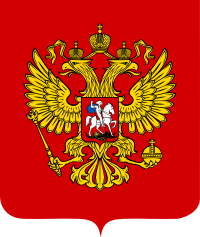
ROMANOV DYNASTY: A BRIEF HISTORY
The Romanov Dynasty also known as “The House of Romanov” was the second imperial dynasty (after the Rurik dynasty) to rule Russia. The Romanov family reigned from 1613 until the abdication of Tsar Nicholas II on March 15, 1917, as a result of the Russian Revolution.
The direct male line of the Romanov family came to an end when Empress Elizabeth died in 1762. The House of Holstein-Gottorp, a branch of the House of Oldenburg, ascended the throne in 1762 with Peter III, a grandson of Peter the Great. Hence, all Russian monarchs from the mid-18th century to the Russian Revolution descended from that branch. In early 1917 the extended Romanov family had 65 members, 18 of whom were killed by the Bolsheviks. The remaining 47 members escaped abroad.
The last Romanov Tsar, Nicholas II, began his reign in the autumn of 1894, when as the second Russian emperor by that name and a direct descendant of Empress Catherine the Great, he ascended the throne. His accession occurred much sooner than anyone had expected. Nicholas’ father, Tsar Alexander III, died unexpectedly at the relatively young age of 49.
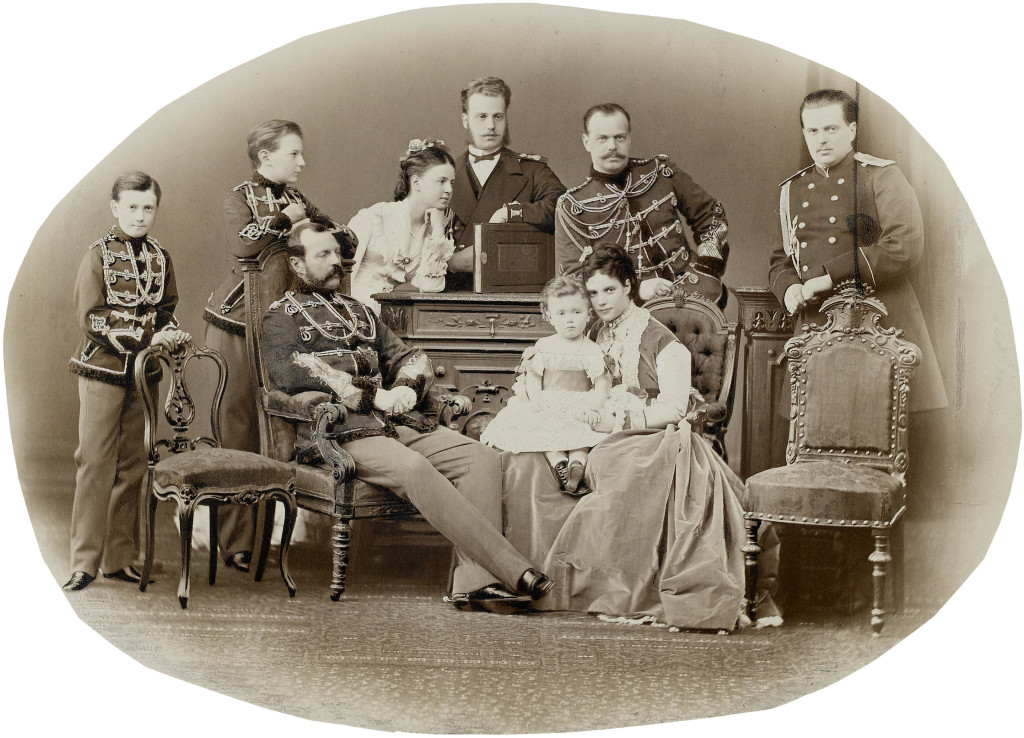
Events unfolded rapidly after the passing of Alexander III. The new Tsar, aged 26, quickly married his fiancé of several months Princess Alix of Hesse – the granddaughter of Queen Victoria of England. The couple knew each other from adolescence. They were even distantly related and had numerous relatives in common, being the niece and nephew of the Prince and Princess of Wales, from different sides of the family.
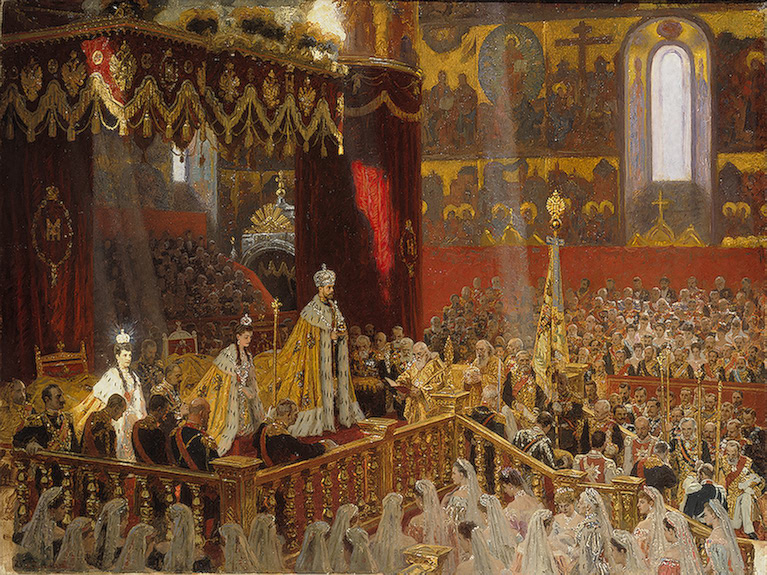
Upon joining the Romanov family by marriage, Princess Alix converted from Lutheranism to Russian Orthodoxy, as stipulated by canon law, and was renamed Alexandra Feodorovna. The new Russian Empress had grown up in a very different world: the quiet duchy of Hesse by Rhine, the youngest surviving daughter of its grand duke. When she was just a child of six, Alix lost her mother, an English princess and one of Queen Victoria’s daughters, who died of diphtheria at the age of 36. At the same time, Alix also lost her little sister and playmate from the same disease. The untimely deaths of the people closest to her greatly affected the little girl. Never again was she the sunny and carefree child she had been prior to the tragedy.
Alix was 12 years old when she first met the young Tsesarevich Nicholas Romanov, the heir to the Russian throne, when in 1884 she and her family traveled to Russia to attend the wedding of her older sister Elisabeth. Grand Duchess Elisabeth Feodorovna, as she was now known, married one of Nicholas’s uncles, the Grand Duke Sergei Alexandrovich.
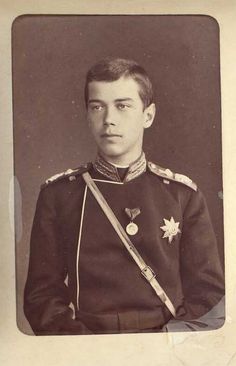
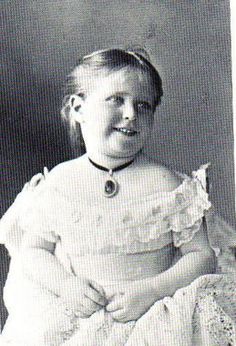
In the nineteenth century, many members of the European royal families were closely related to each other. Queen Victoria was referred to as “the grandmother” of Europe” because her progeny were dispersed throughout the continent through the marriages of her numerous children. Along with her royal pedigree and improved diplomatic relations among the royal houses of Greece, Spain, Germany and Russia, Victoria’s descendants received something much less desirable: a tiny defect in a gene which regulates normal blood clotting and causes an incurable medical condition called hemophilia. In the late 19th and early 20th century, patients suffering from this disease could literally bleed to death. Even the most benign bruise or bump might prove fatal. The Queen of England’s own son Prince Leopold was a hemophiliac who died prematurely after a minor automobile accident.
The hemophilia gene was also passed on to Victoria’s male grandchildren and great-grandchildren through their mothers in royal houses of Spain and Germany. Alix’s own brother died of complications from hemophilia at the age of three when he suffered relatively minor injuries after accidentally falling out of a window.
But arguably the most tragic and significant effect of the hemophilia gene occurred in the ruling Romanov family of Russia. Empress Alexandra Fedorovna learned in 1904 that she was a carrier of hemophilia a few weeks after the birth of her precious son and heir to the Russian throne, Alexei.
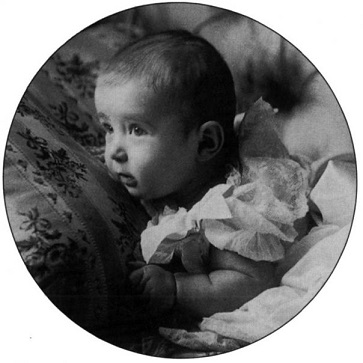
Because the Russian legal code contained a statute known as the semi-Salic law, only males could inherit the throne unless there were no dynastic males left. If Nicholas II did not have a son, the crown would pass to his younger brother Grand Duke Michale Alexandrovich (Mikhail). However, after 10 years of marriage and the births of four healthy grand duchesses, the long awaited son and heir was stricken by an incurable ailment. Not many subjects realized that their new Tsesarevich’s life often hung by a thread due to his deadly genetic inheritance. Alexei’s hemophilia remained a closely guarded secret of the Romanov family.
The Russian imperial family doted on the little boy; he was understandably overprotected and inevitably spoiled. In 1912, when Alexei was 8 years old, he came as close to death as he ever would after a minor accident while the Romanov family was on one of their holidays in Poland. Alexei’s life was apparently saved by the intervention of a Siberian peasant named Grigori Rasputin. It was not the first time that Rasputin’s seemingly miraculous powers had been evoked. On this occasion, Rasputin had not even been present in Poland but had communicated via a telephone call from his own home in Siberia.
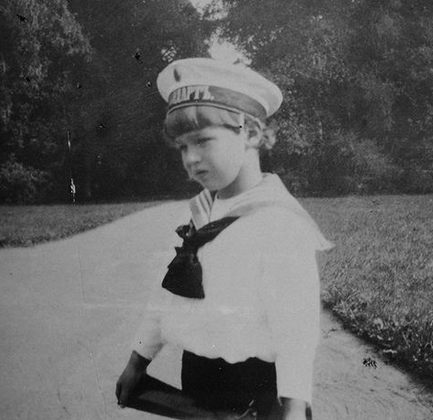
An obituary to announce the passing of the heir to the throne had already been prepared by the Romanov family , and the imperial doctors had all but given up on the seemingly dying boy. But amazingly, Alexei slowly recovered after Rasputin’s telephone call. Hence the man whom Alexei’s parents referred to as “Our Friend” and “Father Grigori” solidified his role as the savior of their beloved son, as well as the Romanov family’s own spiritual advisor whom they viewed as their liaison with God.
During the summer of 1913, the Romanov family celebrated their dynasty’s tercentennial. The dark “time of trouble” of 1905 seemed like a long forgotten and unpleasant dream. To celebrate, the entire Romanov family made a pilgrimage to ancient historical landmarks around the Moscow region, and the people cheered. Nicholas and Alexandra were once again convinced that their people loved them, and that their policies were on the right track.
It would have been difficult for anyone to imagine at this time that only four years after these days of glory, the Russian revolution would depose the Romanov family from its imperial throne and the three centuries of the Romanov Dynasty would come to an end. The Tsar who was cheered enthusiastically everywhere during the celebrations of 1913 would no longer rule Russia in 1917. Instead, the Romanov family would be under arrest and a little more than a year after that, they would be dead- murdered by their own people.
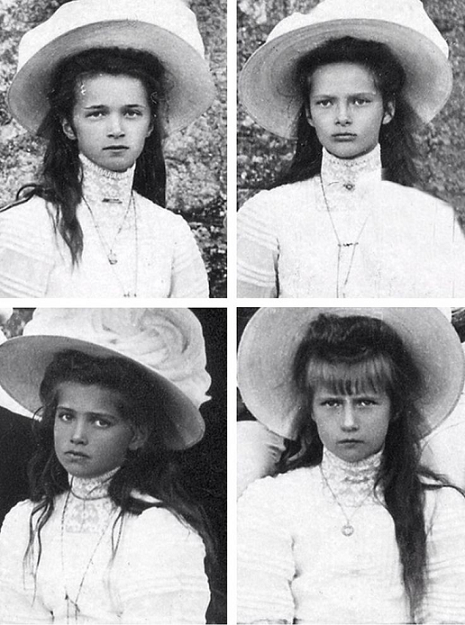
Numerous factors influenced the events that led to the sudden end of a three hundred year old Russian imperial dynasty, and it would be an oversimplification to try to pinpoint something specific that caused its downfall. Terrible losses during World War I, continuous rumors and a wide-spread belief that Rasputin was ruling Russia through his influence on the imperial couple, and some other factors, caused events to spiral out of control. The bloody, tragic climax came on the night of July 17, 1918, when a Bolshevik execution squad shot, bludgeoned and bayoneted the entire Romanov family to death.
It is difficult to say whether history would have been different for the last ruling Romanov family if the random nature of genetics emerged in favor of the baby boy who was destined to inherit Russia’s crown, and if he had been born as healthy as his sisters. Would historical outcome for Russia and the world have been any different? Clearly the nature of Tsesarevich Alexei’s medical condition contributed in many ways to the downfall of the Romanov dynasty. Their heir’s hemophilia was one of the main reasons why the Tsar and Tsarina isolated themselves in Tsarskoe Selo, trying their best to keep the heir’s condition secret not just from their subjects but even from the extended Romanov family members.
Alexei’s hemophilia was the principal cause of Tsarina Alexandra’s terrible anxieties and various physical ailments, real or imagined. These led her to avoid society, thus alienating the imperial Romanov family from their subjects. This uncharacteristic behavior was misinterpreted by Russia’s aristocratic upper class and antagonized all those who might have supported Nicholas and Alexandra during difficult times. The isolation of the ruling Romanov family fostered a climate of misunderstanding, frustration and ultimately flagrant resentment.
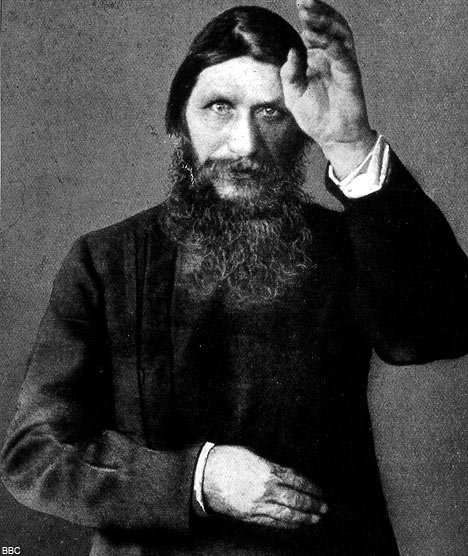
Perhaps if more people in Russia had known about Tsesarevich Alexei’s hemophilia, they would have been able to more fully comprehend the Romanov family’s strange attachment to Grigori Rasputin. A more sympathetic appreciation of the imperial family’s plight might have defused some of the suspicions and sinister innuendos arising from the close relationship of Alexandra, in particular, with the hated Siberian peasant. The degree of Rasputin’s influence, while certainly great, was in fact, exaggerated. But often perception is reality.
There is no denying that Tsesarevich Alexei’s hemophilia was the principal reason why Grigori Rasputin came into the lives of the Romanov family in the first place. This Siberian peasant inadvertently but significantly contributed to discrediting Nicholas II as a ruler among his subjects during a major war, which led to his abdication and to his and the eventual death of the imperial Romanov family.
The story of the last reigning Romanov family continues to fascinate scholars as well as Russian history buffs. In it there is something for everyone: a great royal romance between a handsome young tsar- the ruler of one eighth of the entire world- and a beautiful German princess who gave up her strong Lutheran faith and life as she knew it, for love. There were their beautiful children: four lovely daughters, and a long awaited baby boy born with a fatal disease from which he could die at any given moment. There was the controversial “muzhik” – a peasant who seemed to have wormed his way into the imperial palace, and who was seen to have a corrupt and immoral influence on the Romanov family: the Tsar, the Empress and even their children. There was even an unlikely simpleton, or in some people’s opinion a cunning “best friend” to the Empress. This was Anna Vyrubova, who allegedly manipulated the Empress and even the Emperor behind the scenes, in league with the immoral peasant who pretended to be a “holy” man.
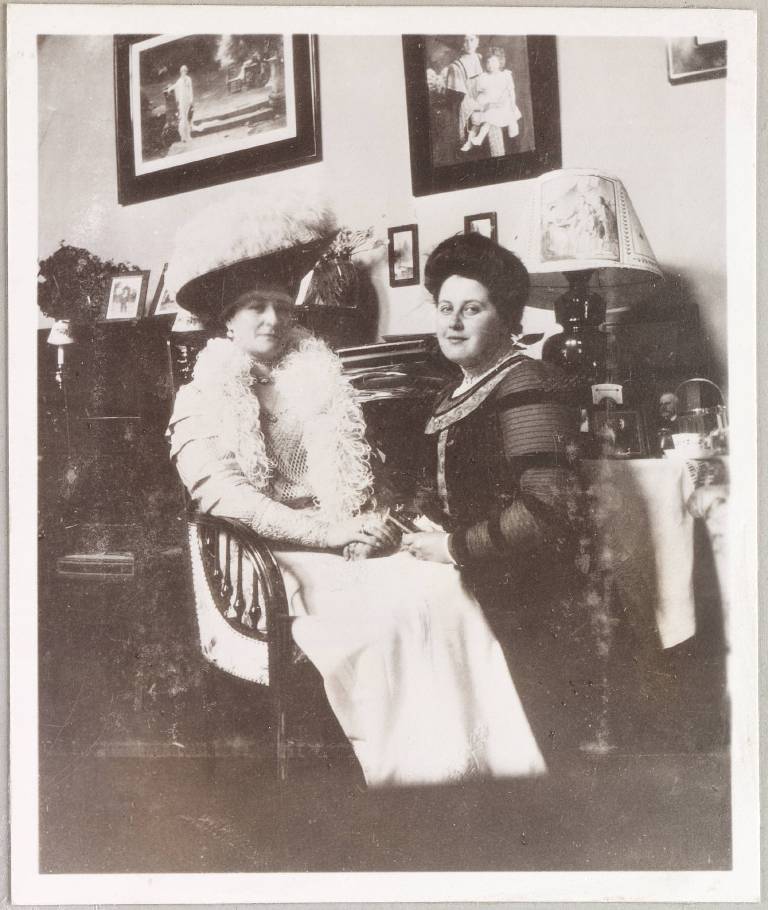
There were political assassinations of the powerful, shootings of the innocent, partisan intrigues, worker strikes, mass uprisings and a world war; a murder, a revolution and a bloody civil war. And finally there was regicide – the secret execution in the middle of the night of the last ruling Romanov family, their servants, even their pets in the cellar of the “House of Special Purpose” in the heart of Russia’s Urals.
For many years there were no bodies to prove that these deaths actually occurred. For more than a half a century of Soviet rule, the lack of detailed information surrounding the fate of the murdered Romanov family gave rise to numerous rumors of conspiracies and various survivors, not just in Russia but also in the West. There were those who periodically surfaced claiming to be various Romanov family members – one imperial daughter or another, the former heir, or even the Tsar himself. There were movies, cartoons and books based on the alleged survival of the most famous of all imperial daughters – the Grand Duchess Anastasia, which helped reignite interest in the last imperial Romanov family in the 21st century.
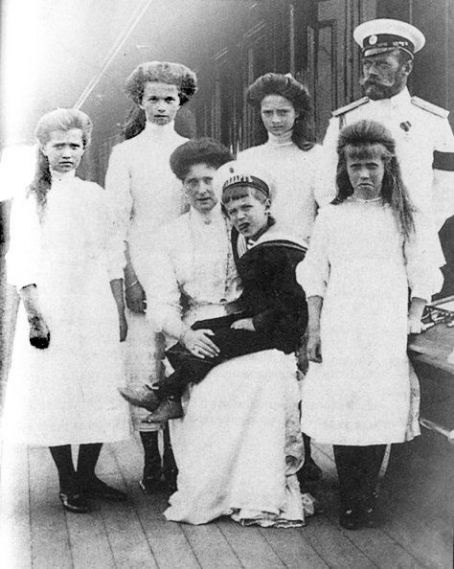
The eventual discovery and scientific identification of the Romanov family’s remains in Ekaterinburg should have put to rest all the conspiracy theories and fairy tales about the final fate of the lst Tsar and his family. But astonishingly the controversy continued, not least of all because the Russian Orthodox Church, along with one of the branches of the surviving extended Romanov family, refused to accept the definitive scientific results which proved that the remains found near Ekaterinburg indeed belonged to the murdered members of the last ruling Romanov family. Fortunately, reason prevailed and the remains were finally interred in the Romanov family crypt, where they belonged.
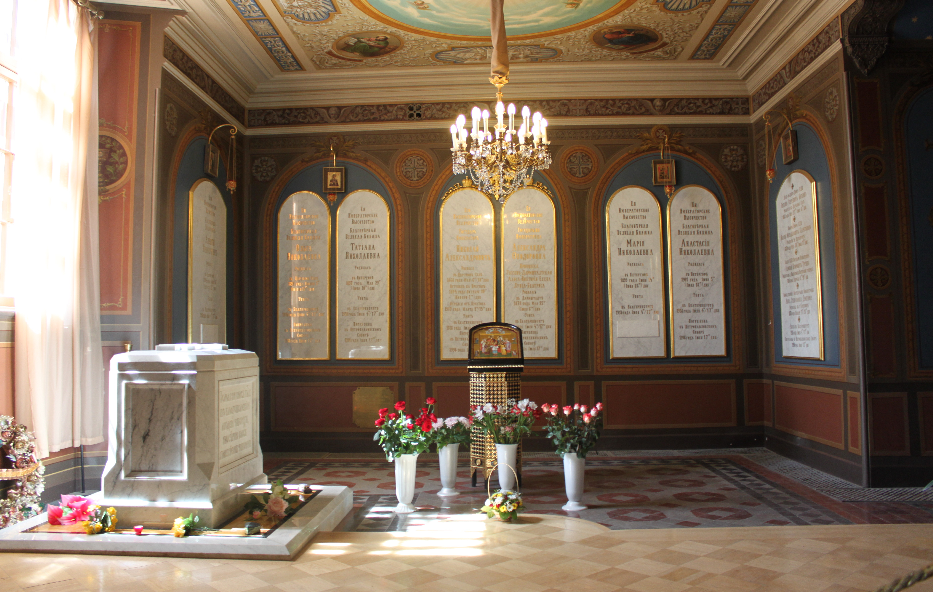
Leave a comment